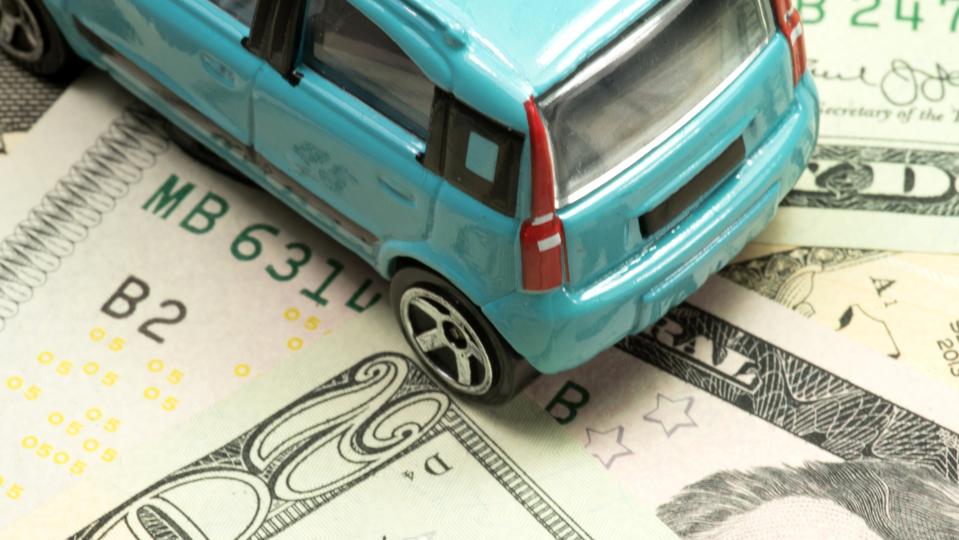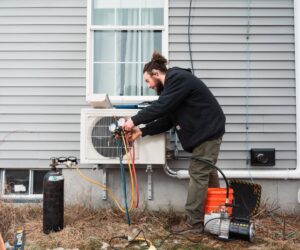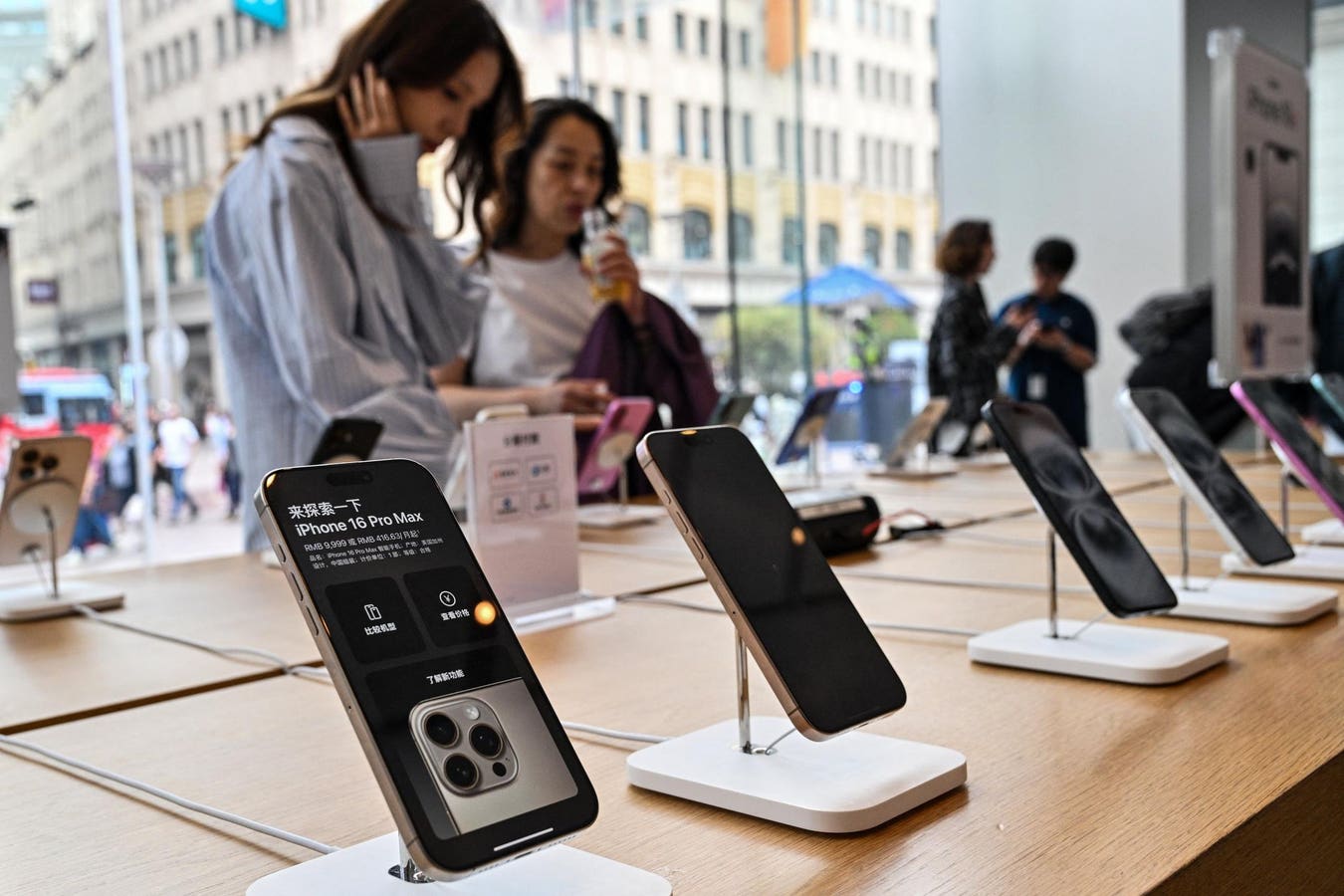Carr insurance rates are expected to rise by an estimated average 7.5% this year.
With summer having officially arrived, many Americans will be loading up their cars, SUVs and minivans and hitting the road to any number of far-flung vacation destinations. Many, if not most, will also likely be stunned as to how much their auto insurance premiums have jumped.
Industry estimates suggest the average motorist will see his or her rates rise by an average 7.5% this year. And that’s on top of a 20% average increase reported over the past five years.
Some drivers automatically shoulder costlier insurance premiums depending on their personal circumstances and can likely expect to see them surge higher than the norm. Teenage drivers – especially young men – tend to pay the most for coverage, with older motorists being charged less, and singles paying more than married persons. Those living in crowded urban areas with higher rates of car thefts, collisions and vandalism face higher premiums than those residing in less-populated suburban and rural locations. And drivers having one or more at-risk accidents or moving violations on their records will pay higher rates, with tickets for reckless driving and driving under the influence of alcohol or drugs driving up premiums the most.
What’s more, few may realize that insurers in many states also base car insurance costs on a policyholder’s credit history. According to the website CheapInsurance.com, drivers having poor credit could be charged as much as 60% more than those having higher FICO scores, regardless of their driving records or other factors.
So why are car insurance rates continuing their steep upward trend? Here are nine reasons, culled from multiple sources:
1. Costlier Repairs
Vehicles have become increasingly expensive to fix once they get into a wreck because of the rising cost and added complexity of replacement parts. Today’s cars are rolling beds of technology, fitted with an array of sensors and advanced systems that can cost a small fortune to replace. This leads to more vehicles being deemed total losses in what in years past may have been repairable collisions. Electric cars are especially prone to being totaled in a wreck if their expensive battery packs are damaged.
2. Longer Repair Periods
In addition, vehicles are taking longer to repair because of the added complexity, which drives up claim costs. According to JD Power, the average repair time is 22 days, which is a full 10 days longer than it was in the pre-pandemic era. Insurers are also stuck with added rental car charges, if so covered, the longer a covered vehicle is in the shop.
3. Higher Vehicle Prices
Both new- and used-vehicle prices have taken a steep upward turn in recent years due to supply and demand issues, consumer preferences for expensive trucks and SUVs and higher desired levels of equipment across all segments. The average new vehicle’s transaction price is now a whopping $48,799, with used models at $27,895, according to Cox Automotive and CarGurus.com, respectively. That means higher payouts for crashed cars that are deemed a total loss. By comparison these averages were around $38,000 new and $20,000 used in 2020.
4. Tariffs
Both new vehicles and repair parts are set to become more expensive due to the recent spate of import tariffs, especially with regard to the large percentage of parts coming from China and steel from countries that include Canada, Mexico and Brazil. The website EpicVIN.com estimates the cost of repairs has already risen by 13% because of tariffs.
And now new-car prices are set to rise even higher because of the latest wave of import tariffs. Sources predict price increases as high as $5,000 to $10,000 on imported vehicles and $2,000-$3,000 on those assembled in the U.S.. The added cost will almost certainly send more buyers to the pre-owned side of the lot, with shoppers facing rising prices there because of the added demand and diminished supply from fewer trade-ins.
5. Climactic Conditions
Whether one believes in climate change or not, there’s no denying that the sheer number of catastrophic events, including hurricanes, floods, tornadoes and wildfires, have become more prevalent – and serious – in recent years. For example, in 2024 Hurricane Helene alone left 138,000 vehicles flood-damaged across six states, according to data compiled by Carfax.
6. Rising Medical Costs
According to Lexis/Nexis, auto insurance bodily injury claims jumped 9.2% over the past year, due to the heightened severity of crashes and soaring healthcare expenses.
7. Lawsuits
According to Swiss Re, a surging number of legal cases and sky-high litigation costs – blamed in at least some part to the proliferation of personal-injury lawyers’ ads on TV and other sources – have driven car insurance liability claims in the U.S. up by 57% over the last decade.
8. Broader Coverage
Insurance companies have in recent years been offering expanded features like full replacement cost for late-model cars, expanded climate-related comprehensive coverage, roadside assistance plans and rental-car provisions. These add-ons can be invaluable if needed, but they do tend to jack up one’s premiums.
9. Theft Rates
While the National Insurance Crime Bureau reports that car thefts have finally settled back to pre-pandemic levels after a few years on the upswing, that still means 850,708 vehicles were stolen nationwide last year. Catalytic converter thefts continue to plague motorists for the value of the precious metals that make the pollution control devices work. Easily cut from the bottom of a vehicle, the NICB says replacement can cost between $1,000 and $3,500 or more, depending on the make and model.
10. Legislative Changes
Individual states regulate the insurance business differently from one to another, with some legislation tending to favor insurers, while others protecting the insured. This year, policyholders in California, North Carolina, Utah and Virginia are seeing higher state-mandated minimums for liability coverage which, in turn, means incrementally higher coverage costs.
Fortunately there are several ways consumers can help keep climbing car insurance rates in check. Start by comparing prices among multiple carriers every year or so to see if a better deal is available, given one’s personal information. This is especially important among those who’ve recently taken life-changing turns like changing addresses or marital status, or racking up one or more traffic tickets or crashes. Some carriers are more willing to accept what it perceives as certain levels of risk on a more-or-less costly basis than others.
Cash-strapped owners can also save some cash by lowering a policy’s liability coverage to state minimums, raising deductibles for comprehensive and collision-damage and dropping add-ons like towing and rental car provisions.
Finally, make sure to obtain every discount a given carrier is offering. These include rate reductions for teens and seniors who’ve taken approved safe-driving courses, those who bundle coverage for multiple vehicles and/or homeowner’s insurance with the same company, pay a year’s premiums annually and so on. Though it may seem intrusive and can prove to be a crapshoot in the long run, many companies now offer nominally lower rates for non-aggressive drivers, based on telematics data collected from a vehicle’s onboard diagnostics port.









